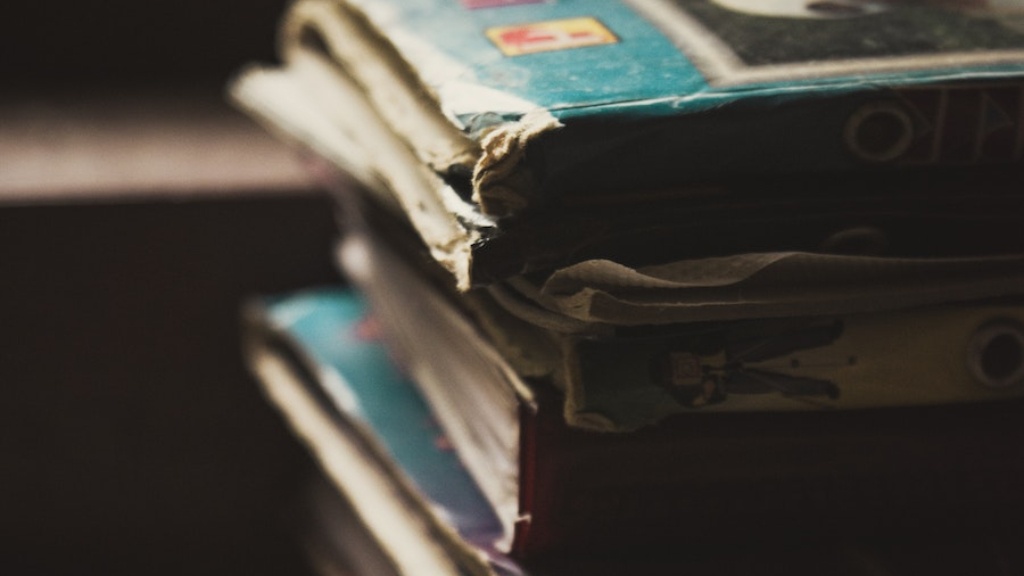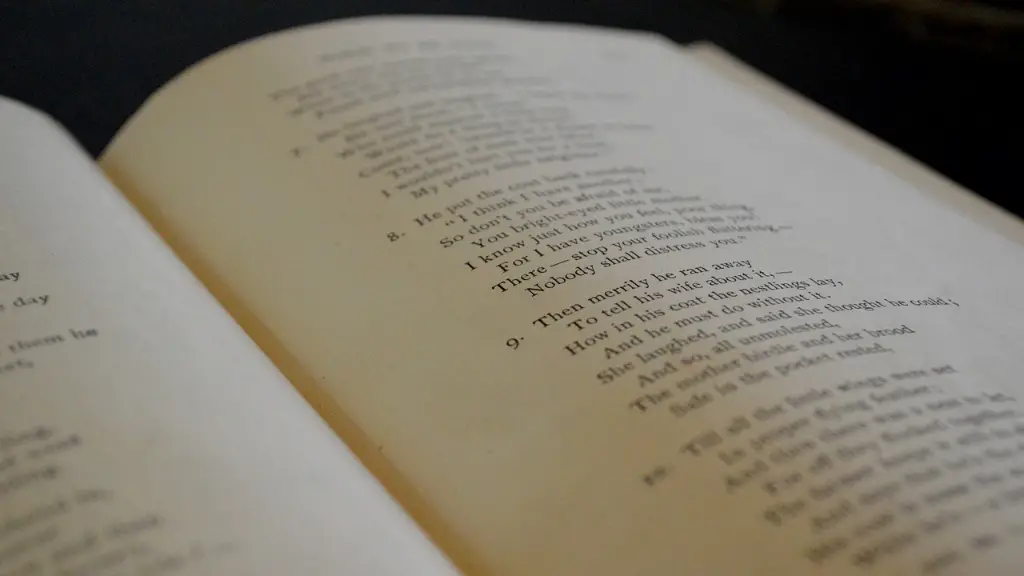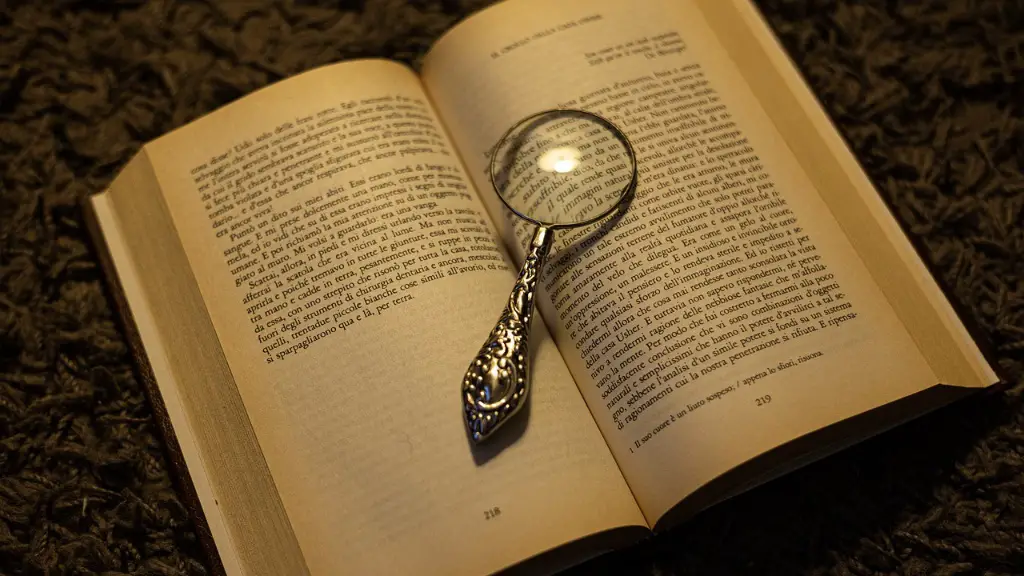Introduction to Poetry Lines
Poems are built from lines. The lines are unique because each poet crafts them so that they can create something that reaches deeper than normal plain language. They use word choice and rhythm to make their verse more than just the words on the page. A line of poetry acts as the building blocks of a poem and each line is vital to conveying the message the poet is trying to express.
Structure of Lines
Lines of poetry have an important structure to them. Poets play with meter, rhyme and other elements to make them work like music. Alliteration and assonance, two well-known devices, give a poem more life. Alliteration draws attention to certain syllables while assonance sets an atmosphere. Poets often use end-stopped lines, which are lines that can stand alone, and enjambment, which carries the thought from one line to the next.
Bringing Together a Poem
Often in form poetry or a poem of rhyming verse, lines will be written to fit a scheme of rhyme and meter that is determined by the type of poem. Depending on this scheme, the lines will fit together to create stanzas, or blocks of poetry that hold the poem’s message or story. Some of the most common forms are sonnets, villanelles and odes.
Impact of Lines
Even though a poem’s lines may vary in their structure, they all contribute to the overall message of the poem. When they’re written correctly, they stand out and bring attention to a certain feeling or emotion that goes far behind the definition of the words they contain. Not only must the words hold weight, but the structure must also, to truly paint the picture the poet intended. Through words, meter, rhyme and most importantly, line breaks, the poet creates a work of art that can inspire, move and captivate the reader.
Metaphors and Similes
Another great way to make a poem’s lines stand out is by using metaphors and similes. These compare one object to another, using a figurative comparison to express a concept. They allow the poet to create ideas that don’t exist on their own. When they’re incorporated into the lines of a poem, they open up a world of connection, creativity and understanding that can impact the reader.
Infusing Meaning into Lines
As a poet works on getting their message across, the lines of a poem have an additional responsibility: to be meaningful. Poets often use symbolism, emotion and sound to impart a message to the reader, who discovers something unique and specific in the writing. Poets can also use hyperbole, irony, understatement and repetition to make a poem sparkle.
Exploring the Possibilities of Poetry Lines
Ultimately, the possibilities of writing lines of poetry are nearly endless. With a little bit of practice, any poet can bring a poem to life with the right words, imagery and structure. Even if a reader doesn’t understand the full meaning of a poem right away, the experience of reading it often proves to be eye-opening and exciting.
The Use of Imagery in Poetry Lines
Imagery is one of the most important tools a poet has when writing a poem. Using descriptive words allows the reader to visualize a particular scene or feel the emotions the poet is trying to express. By skillfully employing imagery throughout a poem, a poet can easily bring a story to life.
Rhythm in Poetry Lines
Poets often use rhythm in their works to give them a unique feel. A poem’s rhythm can be created through the choice of words and their placement, as well as through the use of specific devices like heavy or light syllables. It can also be created by the meter in form poetry or by the use of natural speech patterns.
The Use of Sound in Poetry Lines
Another tool that helps make lines in poetry stand out is the use of sound. Experienced poets are aware of the power of onomatopoeia and alliteration, and they use these devices to create a unique feeling and to draw the reader into the poem. These sounds can also help to illustrate an emotion or a scene in an intriguing way.
Word Choice in Poetry Lines
The most critical part to crafting any line of poetry is having the right words. Poets must choose their words with care so that the meaning and difficulty of their message is expressed clearly. Poets must also select words that go well together and convey a certain emotion, to make the reader feel something while they’re reading.
The Importance of Poetry Lines
Poetry lines are the fabric of a poet’s work and are at the core of what makes a poem stand out from any other type of writing. The impact of the individual lines that come together can create something with a lasting impression. Therefore, it’s important for a poet to take time to craft and create powerful lines that excite and inform their reader.



